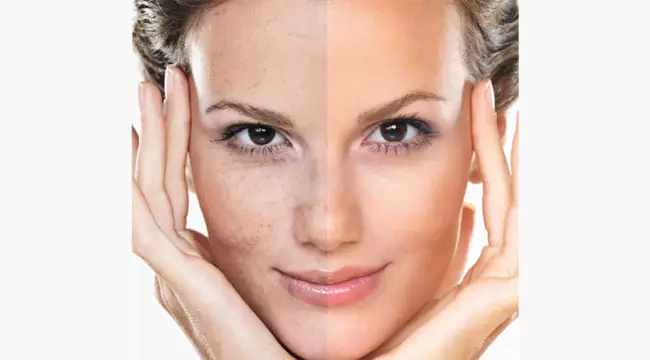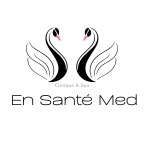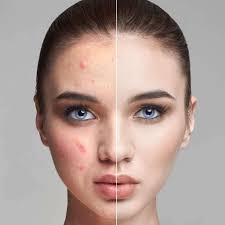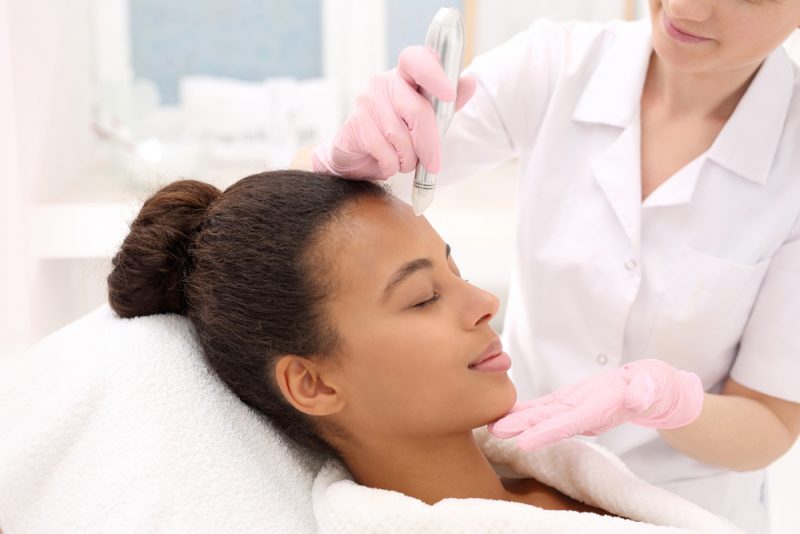Acne Scars

Understanding acne scars.
When it comes to achieving flawless and radiant skin, one of the most common concerns individuals face is dealing with the aftermath of acne – those pesky acne scars. Acne scars can be a significant source of frustration and insecurity for many, but fear not, for we have meticulously curated this comprehensive guide to help you navigate through the best treatments for acne scars.
Before delving into the various treatments available, it’s essential to have a clear understanding of what acne scars are and how they form. Acne scars are the result of the skin’s attempt to heal itself after acne breakouts. When the skin’s collagen production is disrupted during the healing process, it can lead to uneven texture, discoloration, and visible scars.
Types of Acne Scars
Acne scars come in different forms, and each type requires a specific approach for effective treatment. The primary types of acne scars are:
Ice Pick Scars
These are deep, narrow scars that extend into the skin, resembling small puncture marks. They often appear as small, v-shaped or U-shaped depressions on the skin’s surface.
Boxcar Scars
Boxcar scars are broader depressions with well-defined edges, similar in appearance to the scars left by chickenpox. They can be shallow or deep and have a box-like appearance when viewed from the side.
Rolling Scars
Rolling scars have a wavy or rolling appearance due to their shallow, sloping edges. They create an uneven texture on the skin and can give it a “rolling hills” effect.
Atrophic Scars
These scars appear as depressions in the skin and are commonly referred to as “icepick,” “boxcar,” or “rolling” scars. They occur due to a loss of tissue during the healing process.
Hypertrophic Scars
Unlike atrophic scars, hypertrophic scars result from an excess of collagen during the healing process. They appear as raised, bumpy areas on the skin’s surface.
Keloid Scars
Similar to hypertrophic scars, keloid scars are raised and often larger in size. They extend beyond the boundaries of the original acne blemish.
Dermatologist consensus on best treatment for acne scars.
Chemical Peels: Chemical peels involve applying a solution to the skin, which exfoliates the top layer and promotes new skin cell growth. This treatment can effectively reduce the appearance of mild to moderate acne scars and improve overall skin texture.
Microneedling: Also known as collagen induction therapy, uses tiny needles to create controlled micro-injuries in the skin. This process stimulates collagen production, leading to smoother, more even skin over time.
Laser Therapy: Laser treatments, such as fractional laser and intense pulsed light (IPL) therapy, target the affected areas with precise wavelengths of light. This promotes collagen production and reduces the appearance of scars and pigmentation.
Dermal Fillers: For atrophic scars, dermal fillers can be an excellent option. These fillers are injected beneath the skin’s surface to plump up depressed areas, creating a smoother and more even complexion.
Topical Treatments: Topical treatments, such as retinoids, vitamin C serums, and skin lightening agents, can be used to fade hyperpigmentation and improve skin texture. These treatments work gradually and are best suited for milder scars.
How to get optimal results for acne scars
Creating a Personalized Treatment Plan
It’s important to note that the effectiveness of acne scar treatments can vary based on the individual’s skin type, scar severity, and overall health. Consulting a dermatologist or skincare professional is crucial to determine the most suitable treatment plan for your specific needs.
During a consultation, the skincare expert will assess your skin, discuss your concerns, and recommend a tailored approach that may include a combination of treatments for optimal results.
Preparing for Treatment
Before undergoing any acne scar treatment, it’s essential to follow pre-treatment instructions provided by your skincare professional. This may include avoiding sun exposure, discontinuing certain skincare products, or adjusting your skincare routine.
Post-Treatment Care
After undergoing acne scar treatment, proper post-treatment care is essential to ensure optimal results. This may include using gentle skincare products, avoiding harsh exfoliants, and protecting your skin from UV rays with sunscreen.
Patience and Consistency
Achieving visible improvements in acne scars takes time and consistency. Multiple sessions and different treatment modalities may be utilized to achieve the ultimate best result. It’s important to set realistic expectations and adhere to the recommended treatment schedule to see the best possible results.
The Road to Radiant Skin
The journey to smooth and radiant skin, free from the remnants of acne scars, is entirely achievable with the right approach. By understanding the different types of acne scars and exploring the various treatment options available, you can make informed decisions about the best course of action for your skin.
Remember, there is no one-size-fits-all solution, and what works for one individual may not yield the same results for another. Embrace the guidance of skincare professionals, commit to your personalized treatment plan, and embark on the path toward skin rejuvenation and renewed confidence.


